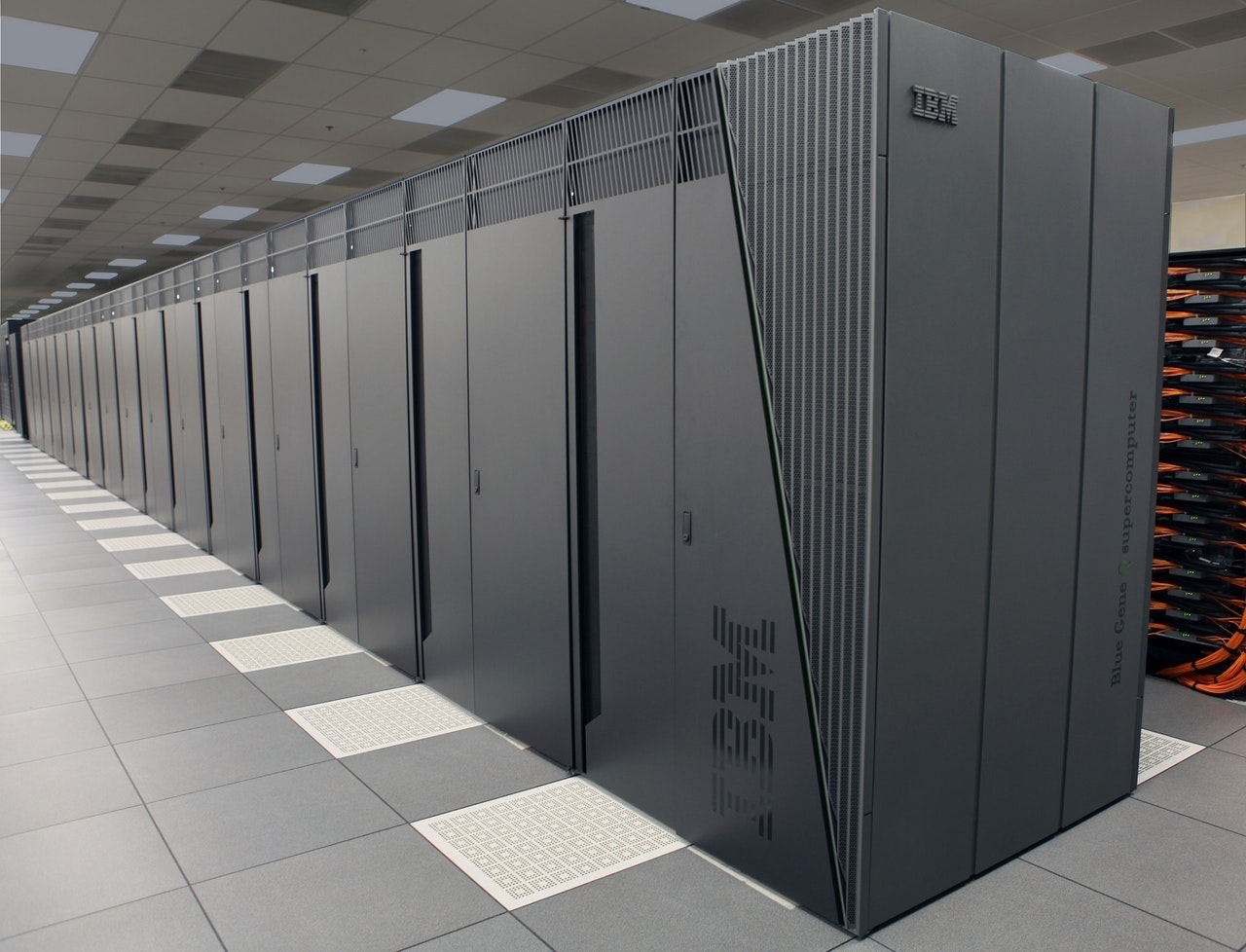Criminal Justice Tech: How Big Data Insights are Advancing Law Enforcement Strategies
Big data is built around the concept of collecting information from different sources and organizing it into a central structure where it can be analyzed to detect patterns and provide insights.
The advantages of data analytics also serve government authorities. One of the branches that clearly benefits from big data is police work. Here are some of the ways that data is helping to advance law enforcement.
Forensic Analysis
The role of forensics in solving crimes requires a great deal of measurement, testing, and modeling to determine what actually took place. Given a sufficient amount of data, these are tasks suited to computer technology. Software can analyze photos, correlate with chemical tests, and create 3D scenarios to provide investigators a clear and accurate reenactment of events, and save conclusions for future reference.
Related articles
Predictive Analytics
Preventing crime is the ideal approach. If criminal activity can be predicted, it can be prevented. With big data, law enforcement can record all crimes and related facts into a computerized solution. Information on locations, perpetrators, targets, methods, and much more can be mined to detect patterns. This allows officers to forecast where and when crimes are likely to take place. Today, criminal justice programs at universities include instruction on modern techniques of crime prevention.Real-Time Surveillance
Many cities are now employing cameras and sensors to monitor their communities. While it might take thousands of cameras to cover a large city, predictive analysis allows authorities to place them where crimes are most likely to occur. Captured footage and data can be viewed real-time so that police dispatchers know immediately where the crime occurs and what's taking place. The nearest unit can be dispatched to the scene with live updates of the situation, license plate numbers, and streamed video of the suspects before they ever arrive.Shared Information
Law enforcement agencies can now combine big data reporting with shared data saved or streamed online. Over 74 percent of organizations today are using flexible hybrid cloud strategies. Data management solutions allow departments to control who has access to which reports. Suspect profiles, crime data, arrest reports and more can be available on demand to county sheriff departments, state police, federal agents, and others so that no one lacks for the relevant information on a local investigation.Big data solutions are allowing law enforcement to function both more efficiently and transparently. These advancements are resulting in better protection for the public and building greater trust.
By  Anica Oaks
Anica Oaks |
Embed |
About the Author - Anica is a professional content and copywriter from San Francisco, California. She loves dogs, the ocean, and anything outdoor-related. She was raised in a big family, so she's used to putting things to a vote. Also, cartwheels are her specialty. You can connect with Anica here. | |

Comments
Post a Comment
Thank you for your comment!